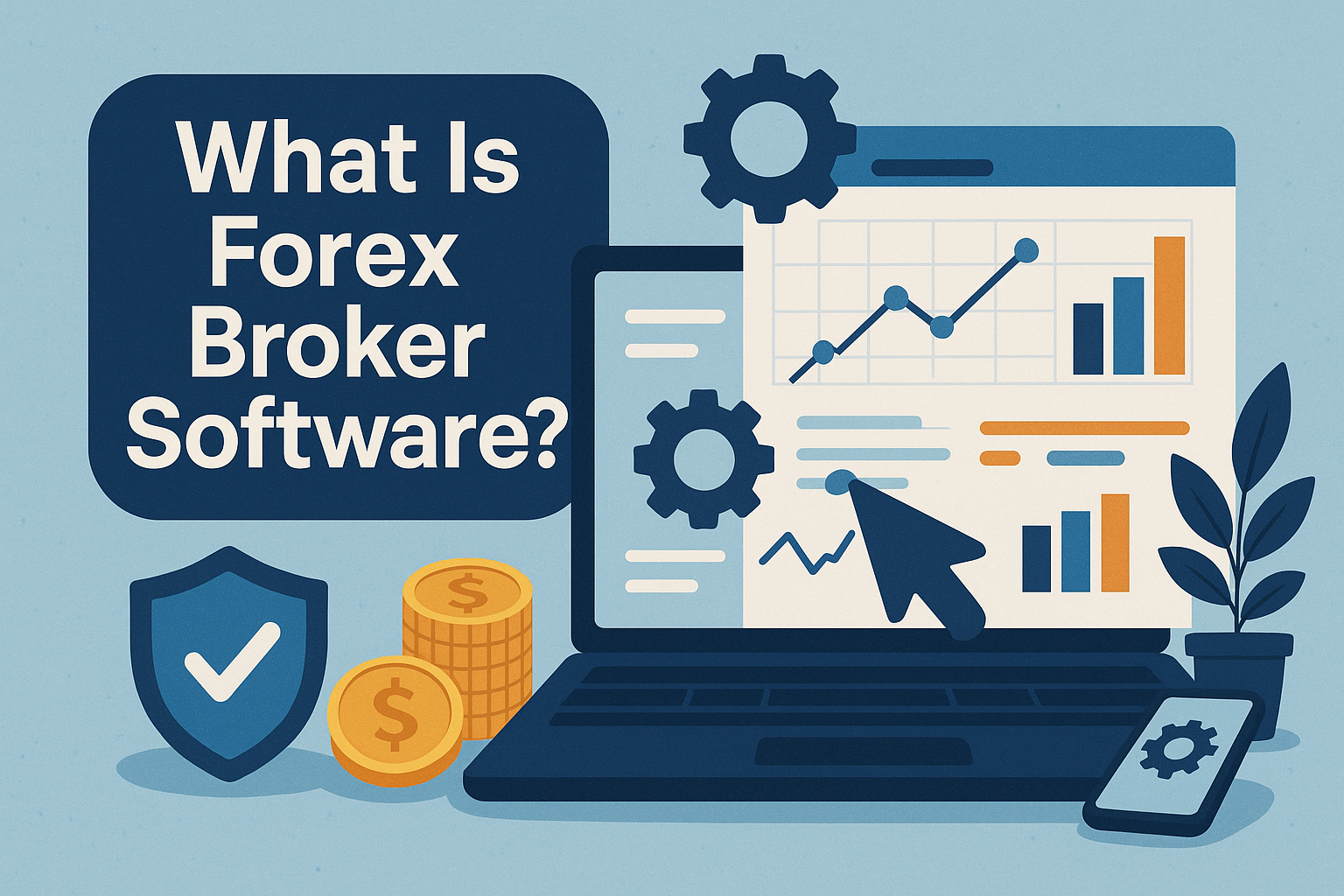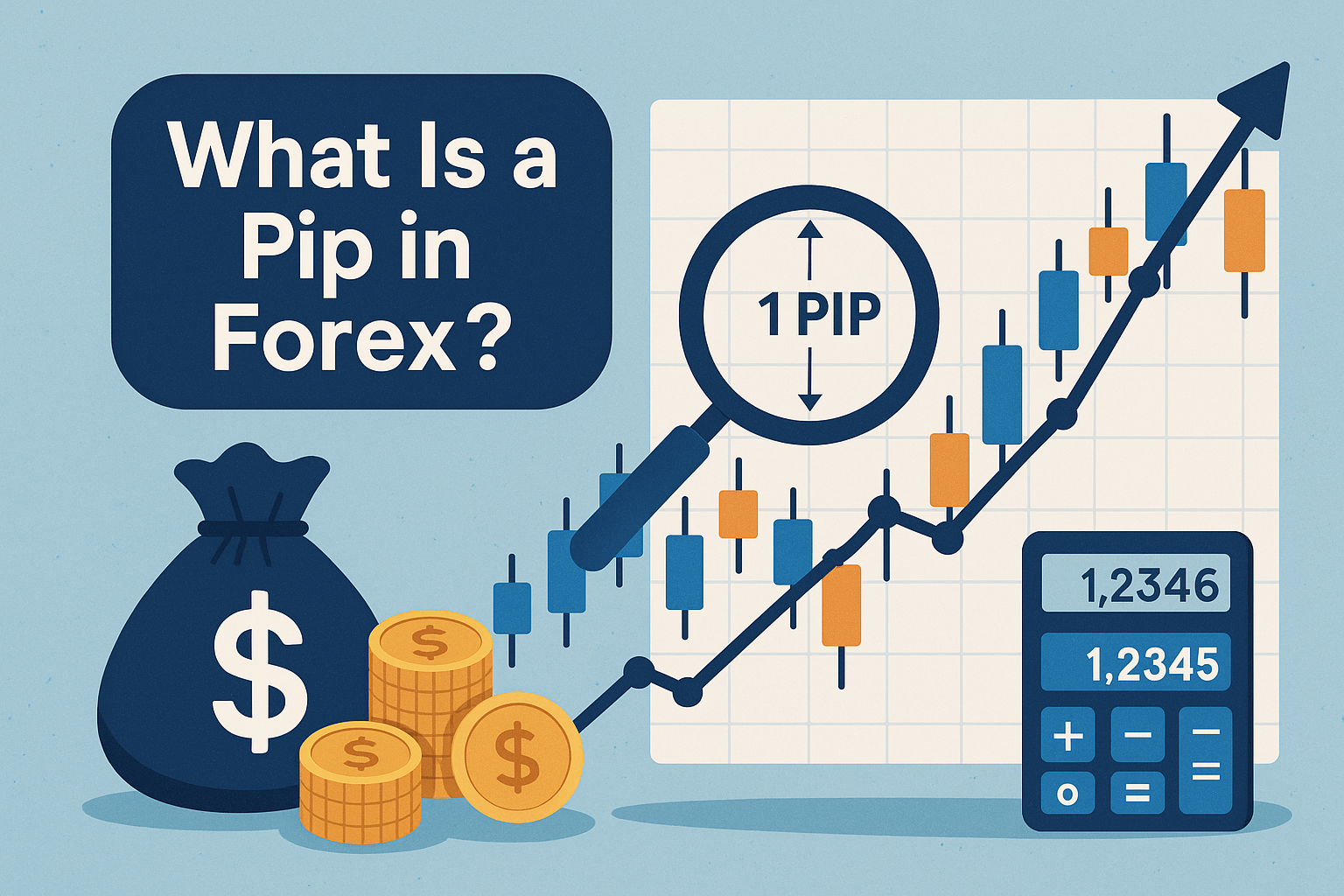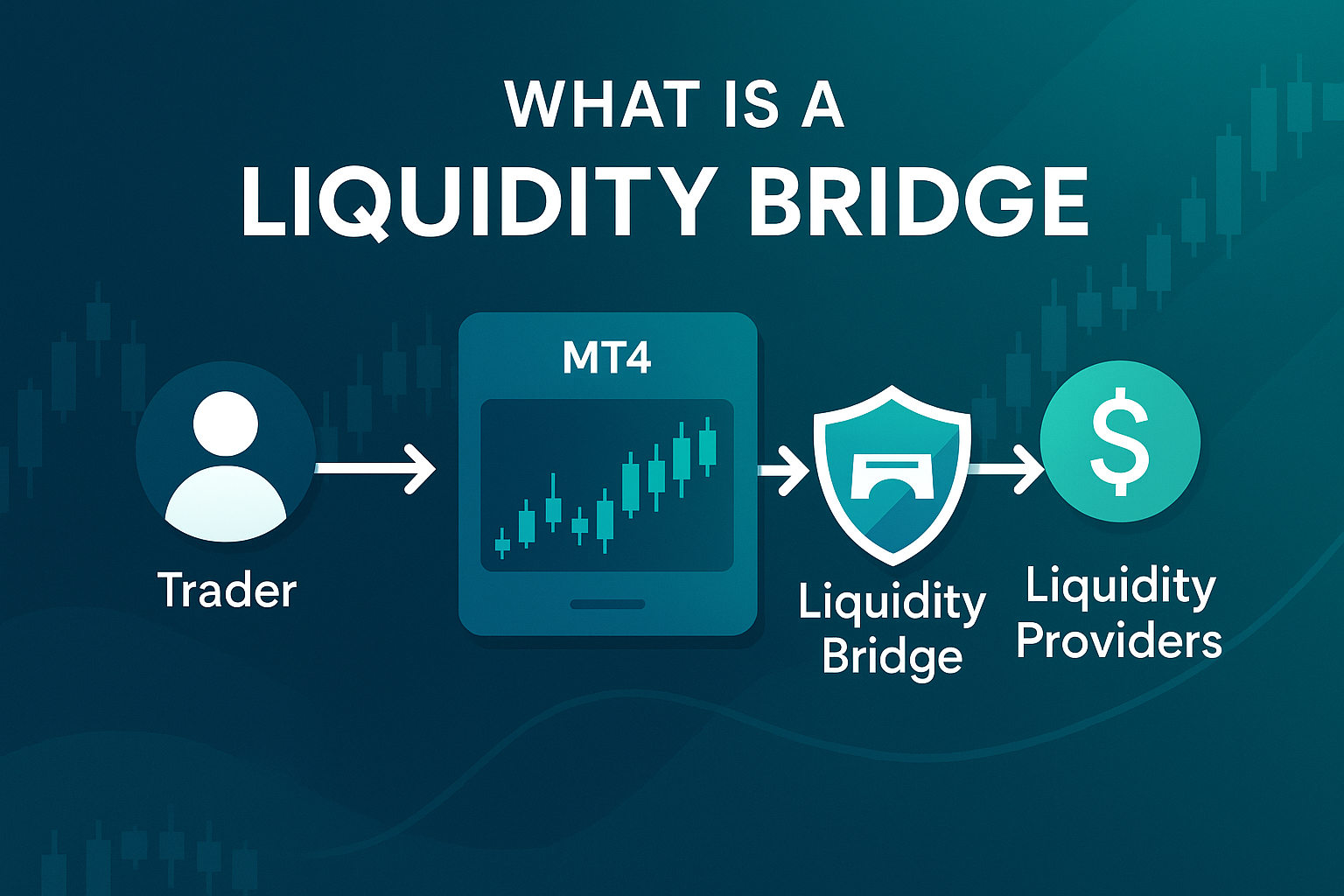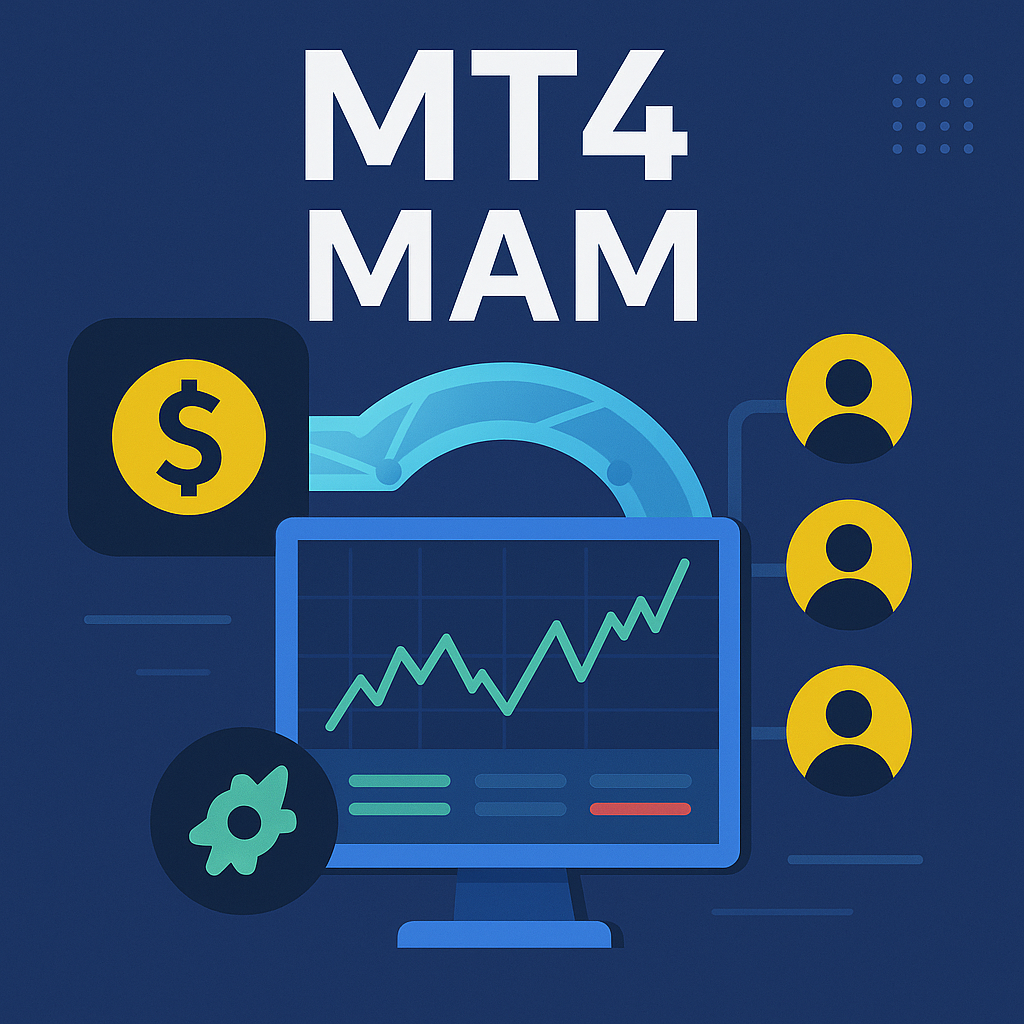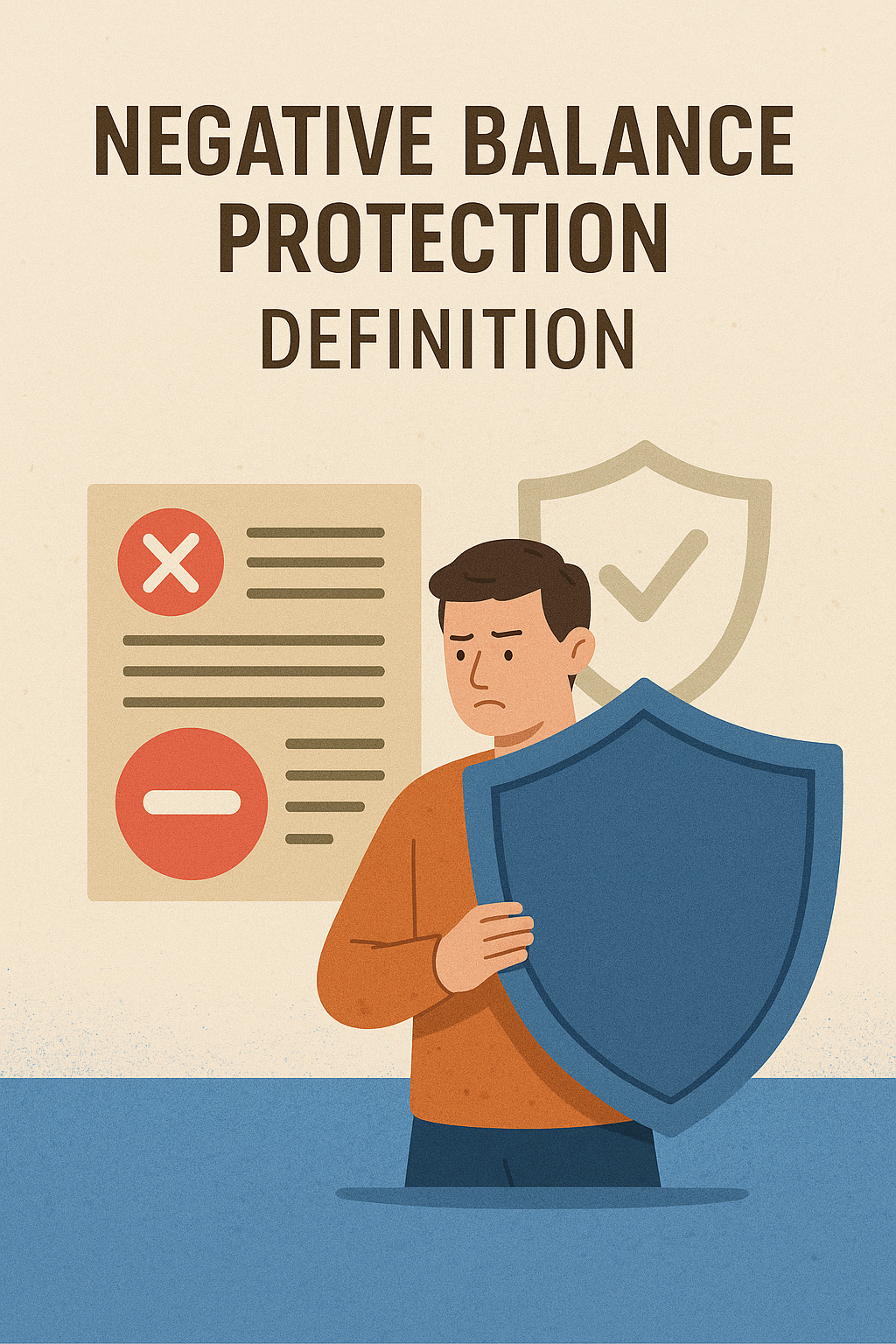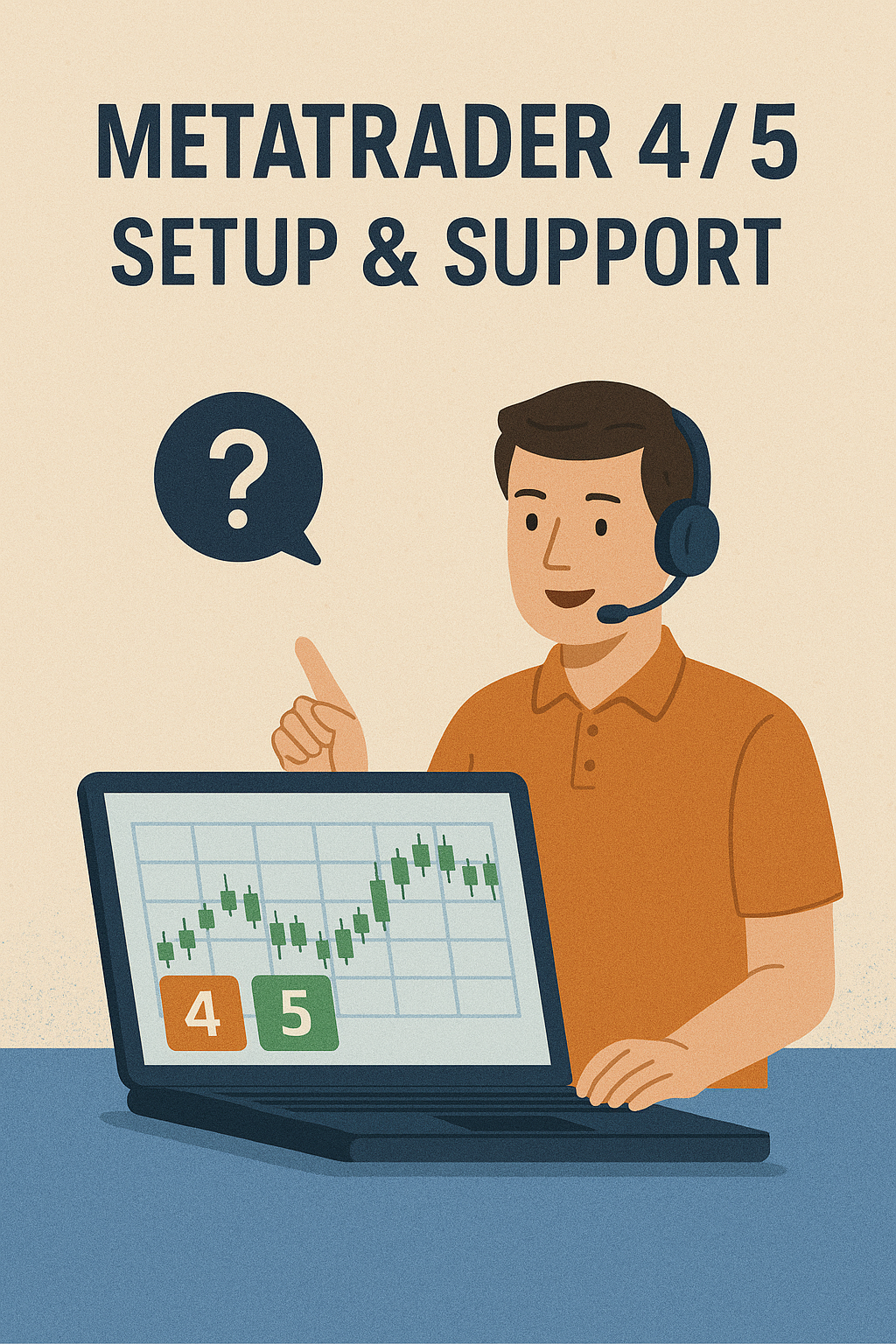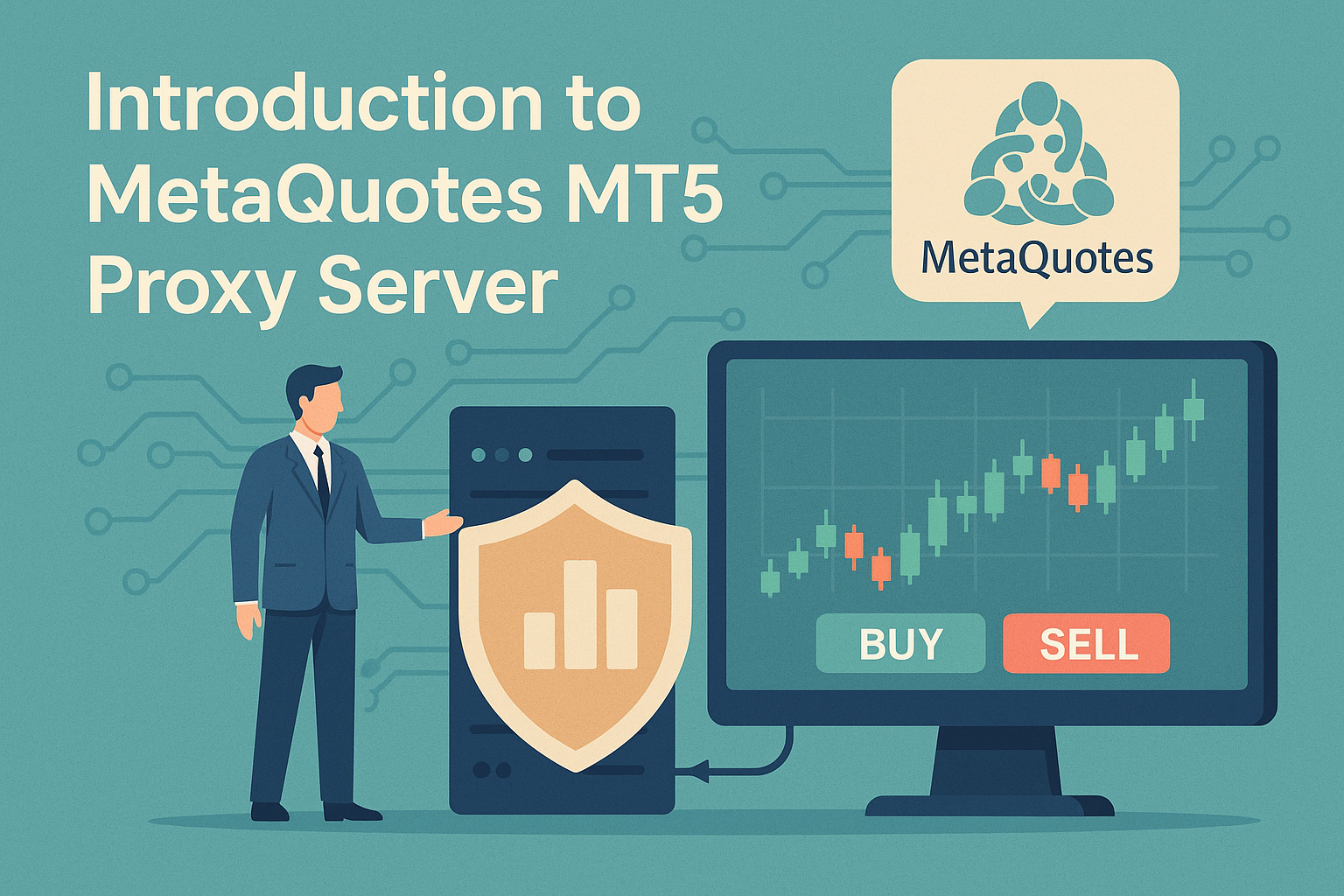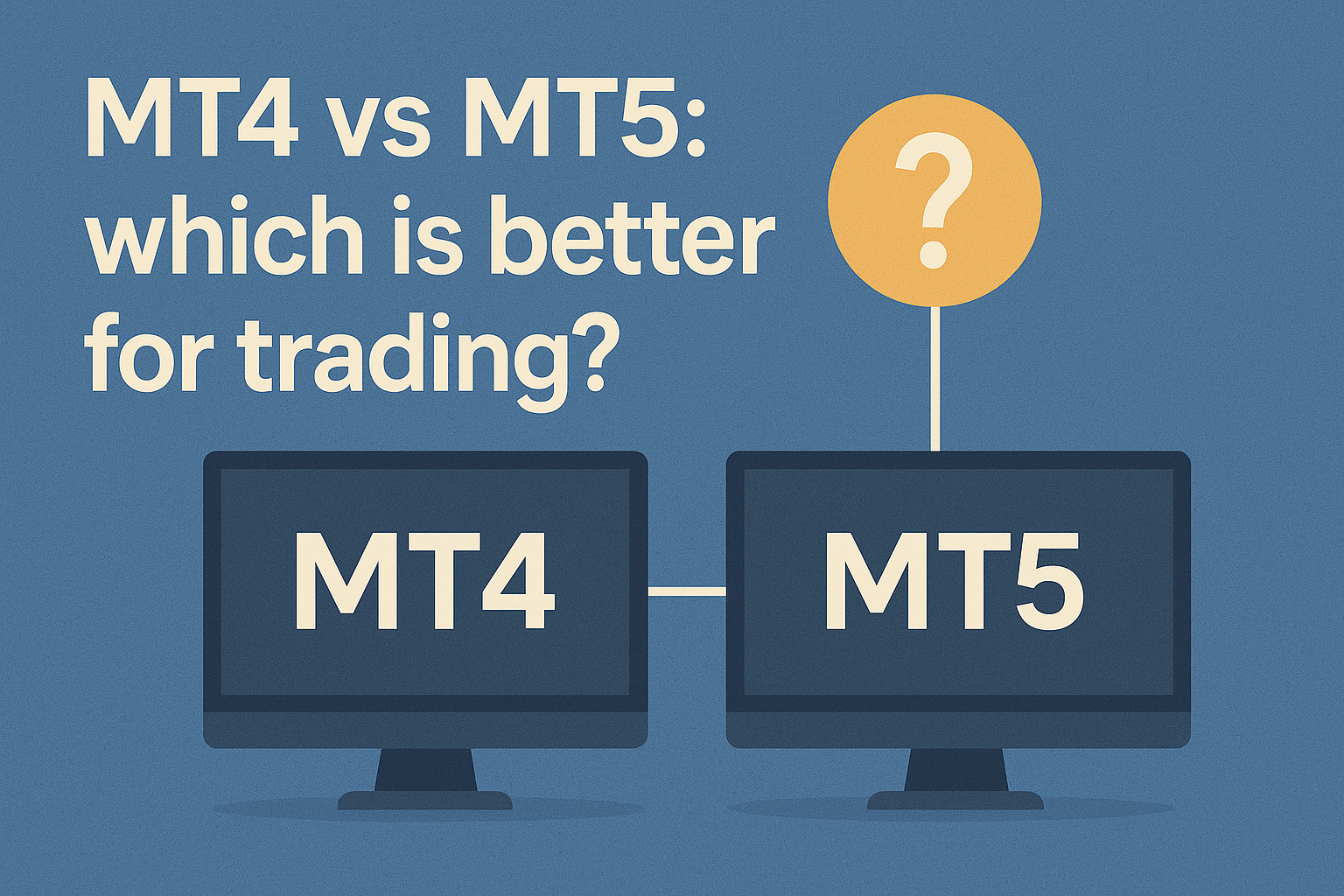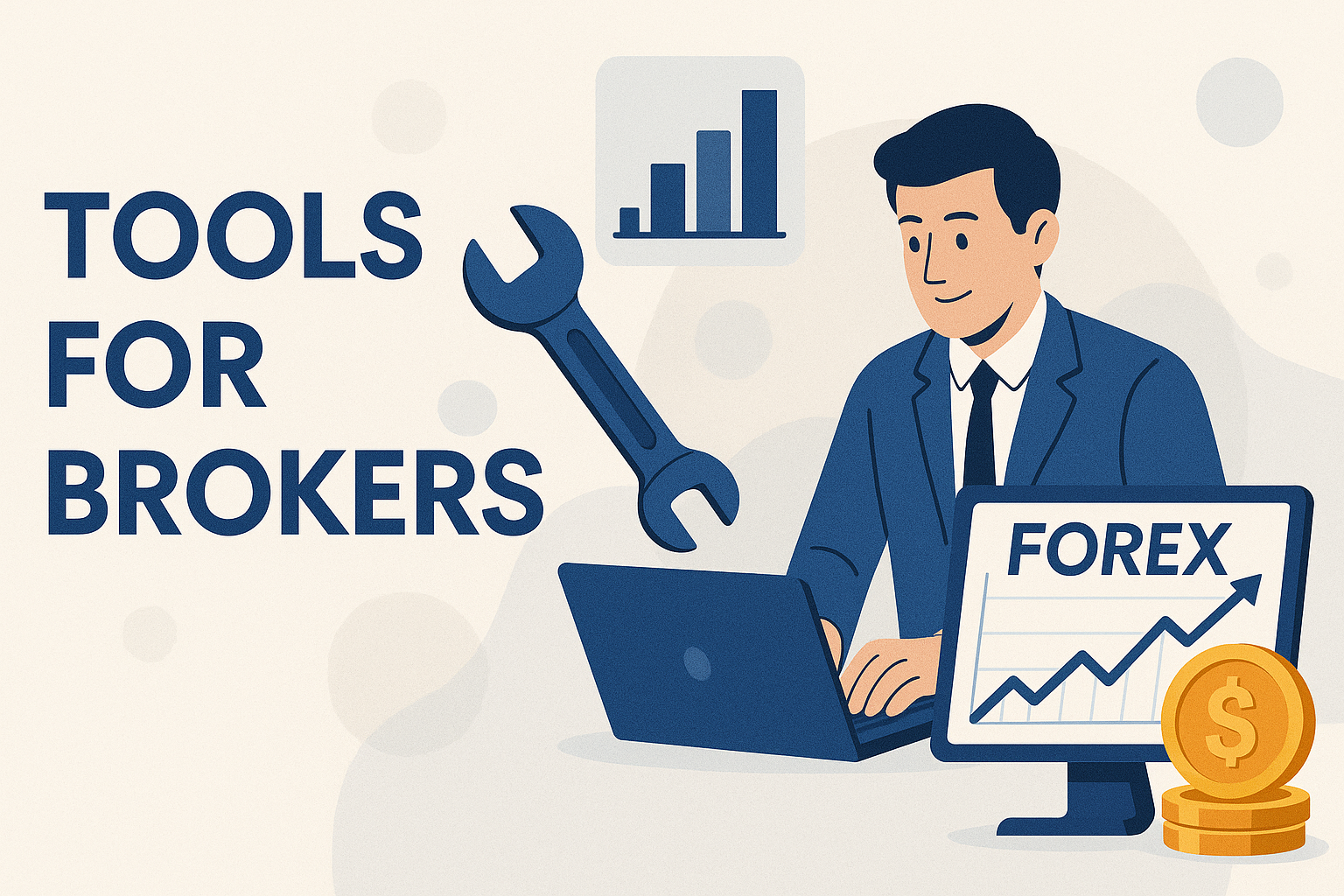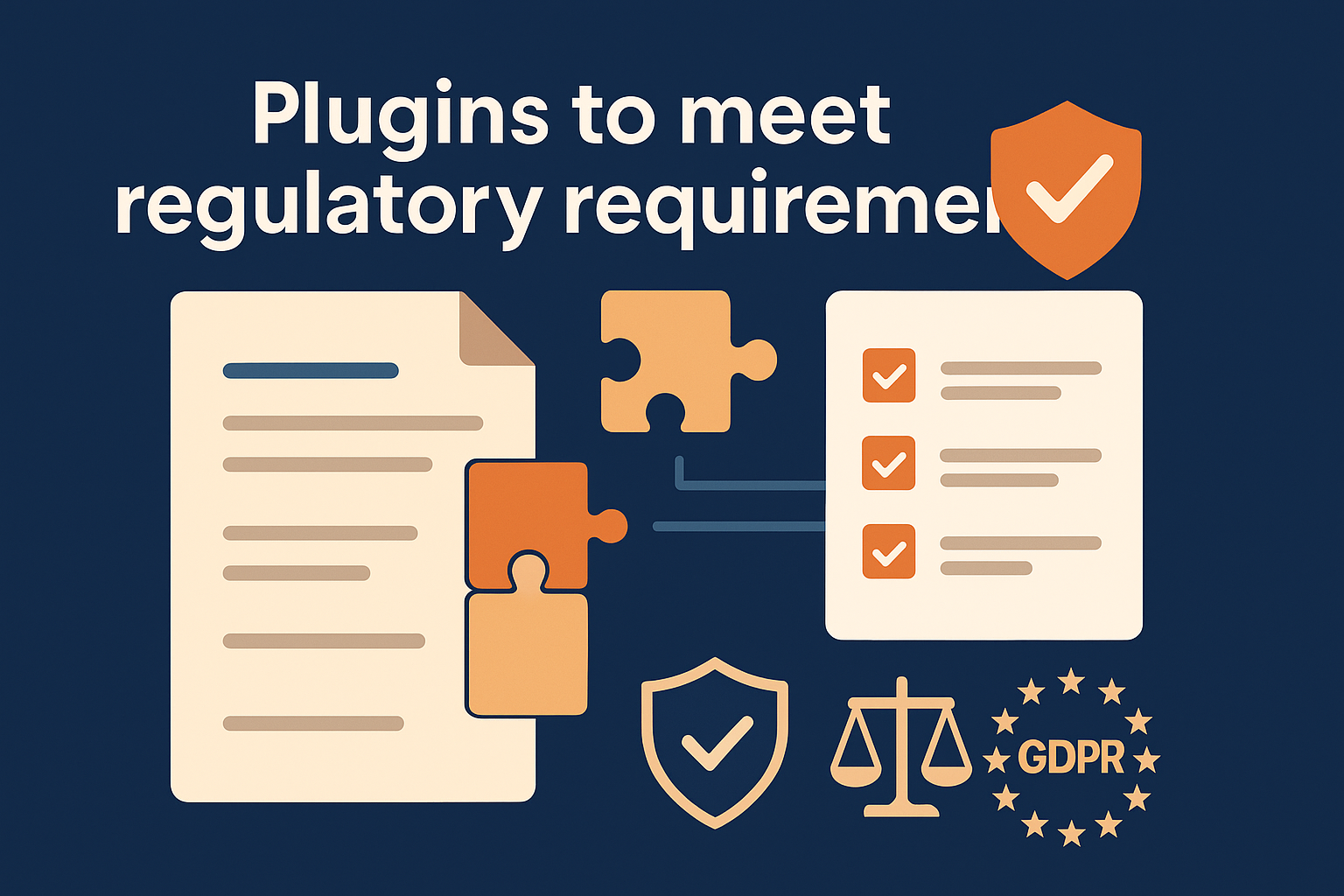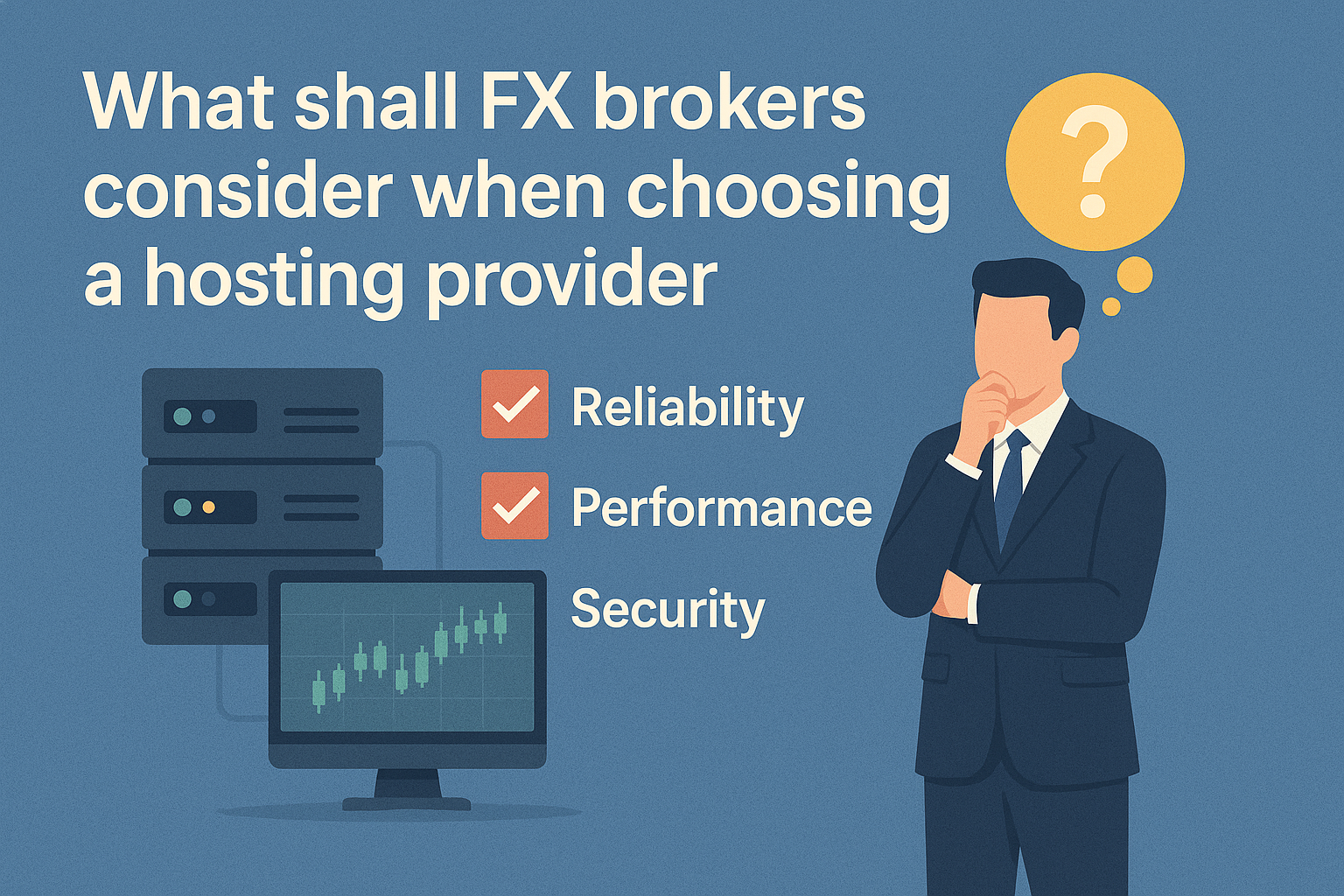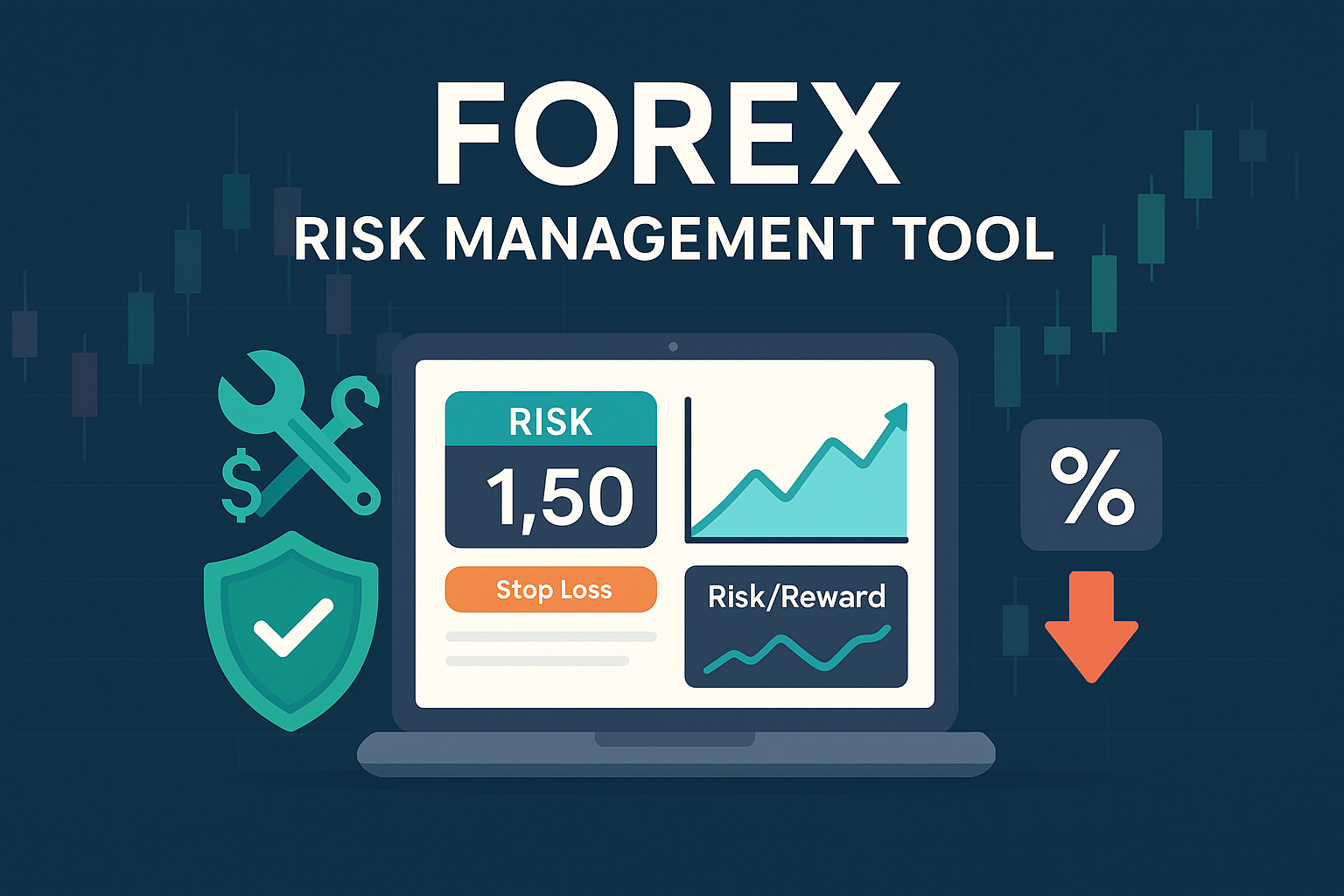
Trading in the currency market is always a delicate balance between opportunities and dangers. One careless decision can be costly, so it’s hard to manage without a reliable risk control tool.
What is a forex risk management tool?
Forex risk management tools are a set of features or programs designed to help a trader understand the limits of risk – how much money can realistically be lost without serious consequences for the deposit. Not just to “set a stop-loss,” but to assess the situation deeper: how the market moves, what the volatility is, whether there is potential for sharp price jumps. It’s like a personal advisor who tells you where to hold defense and where you can strengthen the attack.
The key role of these tools is to help properly distribute positions and competently limit losses. They analyze various factors: lot size, risk-to-reward ratio, historical fluctuations of the asset, even the cost of deals (spreads, commissions).
You always understand when it’s better to exit a position, and when it’s worth holding out because the profit potential outweighs the risk. That is, they create conditions for systematic trading, not for emotional decisions.
And the main thing – they allow preserving capital. Because in the long game, that’s what matters: not winning everything at once, but staying in the game for a long time. When there is a clear understanding of how much and why you are risking, it helps avoid thoughtless mistakes and reduces the stress from trading.
So, a forex risk management tool is not just a set of options for automation; it’s a protection system that helps make balanced decisions, keep risks under control, and not let impulses take over.
Why is a risk management tool the hallmark of a trader?
Can someone really be called a professional trader without a clear understanding of risk limits? It’s a tough question, but the truth is – without knowing where the boundaries are, you’re basically walking blindfolded on a tightrope. The market is unpredictable. Even if you’ve got all the charts, indicators, and fancy analysis tools, none of that will save you from big losses if there’s no discipline behind it.
Discipline – that’s the thing most people underestimate. It’s not about making the perfect trade every time, but about managing what could go wrong and being ready for it. That’s why risk management tools aren’t just helpful – they’re absolutely essential. They’re like a safety net that catches you before a bad move turns into a disaster.
Yet, oddly enough, most trading platforms don’t come with these kinds of built-in, all-in-one solutions. You get the basics, sure, but a truly comprehensive set of tools for managing risks? Rarely. In this situation, Azy Prime becomes a real find, offering a robust suite of plugins and utilities that keep your risks in check and also streamline workflow, making complex risk management surprisingly effortless.
Key features of effective risk management tools
Well-designed risk management is not limited to just one function. It is a combination of different options that together form protection and allow balanced decisions.
Strategic stop-loss placement
Stop-losses are the first line of defense, but where to place them so as not to get stopped out due to small fluctuations, and at the same time not risk too much? Modern systems analyze the market, look at history, volatility, support, and resistance levels to suggest the best points.
When stops are placed chaotically, unnecessary losses or exiting potentially profitable trades are inevitable.
Position sizing
Position size is often underestimated, but in vain. It is not just a number but control over the scale of losses and profits. Managing position size helps avoid situations where one mistake wipes out all the money.
Reward-to-risk ratios
You always need to know if it’s worth opening a trade if the potential profit doesn’t cover the risk. The 2:1 ratio is classic, when potential income is twice as much as possible losses. A good tool won’t allow opening unprofitable trades.
Awareness of transaction costs (spreads, fees)
Commissions, spreads, swaps – they are like invisible profit eaters. Not accounting for them means losing part of your earnings. The best solutions will show how much remains after all payments, helping to make an informed choice.
Additional risk mitigation strategies
Sometimes standard methods are not enough, especially during market jumps. Therefore, the trader needs additional control options.
Deal cancellation feature
It happens that a position opens mistakenly or the situation changes sharply. The cancellation feature is a quick “emergency exit” that allows correcting the mistake. Especially useful during high volatility when decisions must be made instantly. However, this should not become a habit – it is insurance, not a tool for frequent decision changes.
Use of the risk-reward ratio strategy by brokers
Interestingly, many brokers today actively help traders maintain the balance between risk and profit. Often this is expressed in built-in mechanisms that automatically filter out trades with unprofitable ratios. Working with such brokers, you can be sure that you won’t open a position if the potential profit does not compensate for the risk – this is like external control that helps avoid impulsive decisions.
Types of tools & techniques available
The market offers many different instruments, and understanding their variety is already half the success. From the simplest plugins to complex systems that monitor the market in real time, each option has its pros and cons.
But it is important to know exactly what you need – whether a basic solution for position control or a full-fledged complex with analytics, alerts, and even artificial intelligence.
Basic risk management tools vs advanced systems
Simple risk calculators and basic plugins are a great start for beginners. They help avoid basic mistakes and quickly calculate positions and stops.
Advanced systems are much more complex: they analyze the market in real time, automatically adjust positions, make forecasts – what is needed for professional trading with large volumes.
Real-time risk assessment & monitoring
Those who trade actively cannot afford to lag behind the market. Modern tools notify about sharp changes, increased volatility, and threats, allowing a timely response. This is convenience and real capital protection.
Compatibility with trading platforms (MT4, MT5, etc.)
The tools should integrate perfectly with the platform. MetaTrader 4 and 5 are leaders among traders, and many developers create plugins specifically for them. However, However, everything must be stable, fast, and supported by updates. Here, Azy Prime acts as a reliable partner, offering hosting, support, and a wide selection of apps that work seamlessly with MT4/MT5.
Price ranges for forex risk management tools
Prices for such tools can vary significantly depending on functionality, complexity, and the developer. Here is an approximate range:
- free plugins and basic calculators – suitable for beginners, often with limited functionality, but help keep simple risk control;
- paid utilities and advanced plugins – from $50 to $300, offering more settings, automated calculations, and integration with popular platforms;
- full-fledged risk management systems with analytics and real-time monitoring – from $500 and above, aimed at professionals and brokers with large trading volumes.
It is not worth immediately choosing the most expensive option if there is no need. A good balance between price and functionality is the best choice.
Choosing the right tool for your brokerage
When choosing fx risk management tool, consider several important points:
- Compatibility with the trading platform – MT4, MT5, or others.
- Ease of integration and setup – to avoid wasting extra time on technical issues.
- Functionality that meets your needs – no need to buy “extra,” but taking “too simple” is not always beneficial.
- Speed of support and updates – very important for stable operation.
- Reviews and recommendations – developer reliability matters.
Azy Prime offers comprehensive solutions with support and fast development of additional plugins, so it’s a great choice for brokers who value quality and speed.
FAQ on forex risk management tools
The market is volatile and unpredictable, so without active risk control, large trades can destroy the balance in minutes. This is not overinsurance, but an essential part of the strategy that allows survival in the long game.
The most important is a strategically placed stop-loss. It limits losses and helps keep the situation under control even when emotions take over.
The main things are compatibility, ease of use, sufficient functionality, support, and scalability. The tool should help make decisions quickly, not create new problems.
The cost depends on the complexity and automation level of the tool. Usually, the price also includes support and regular updates.

